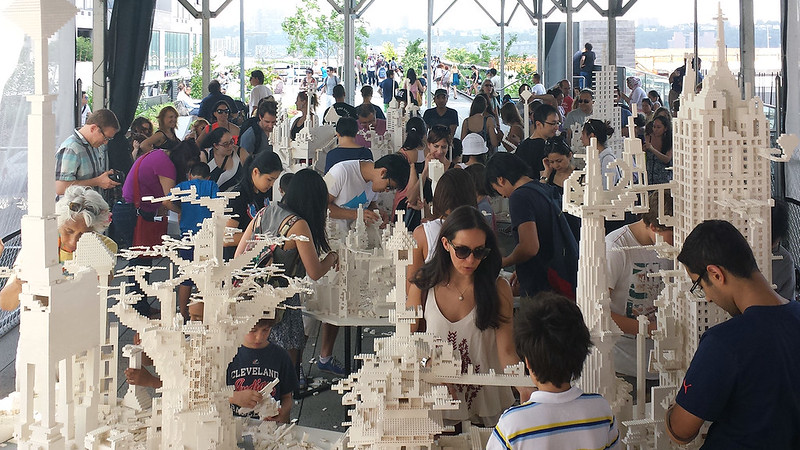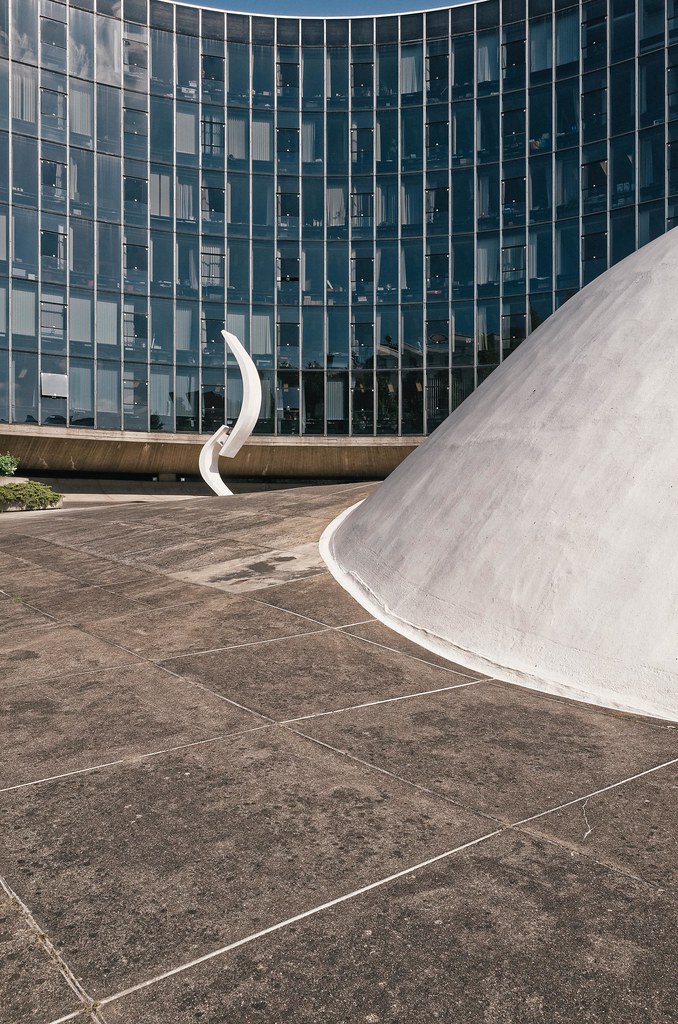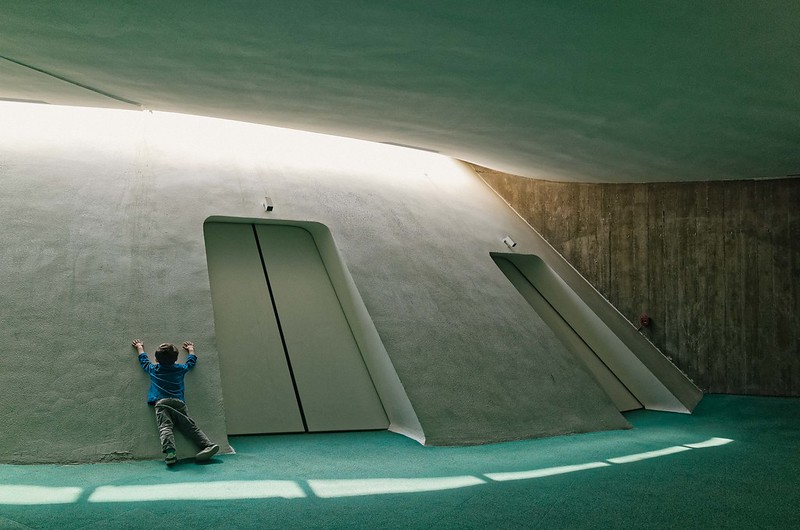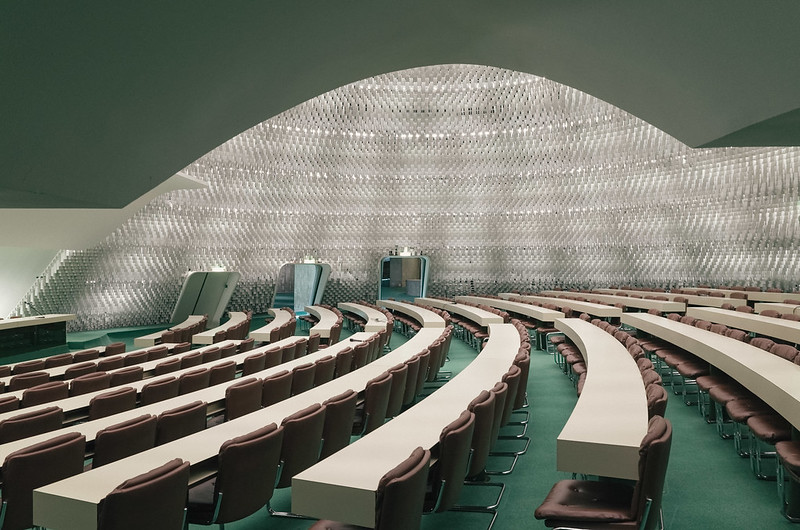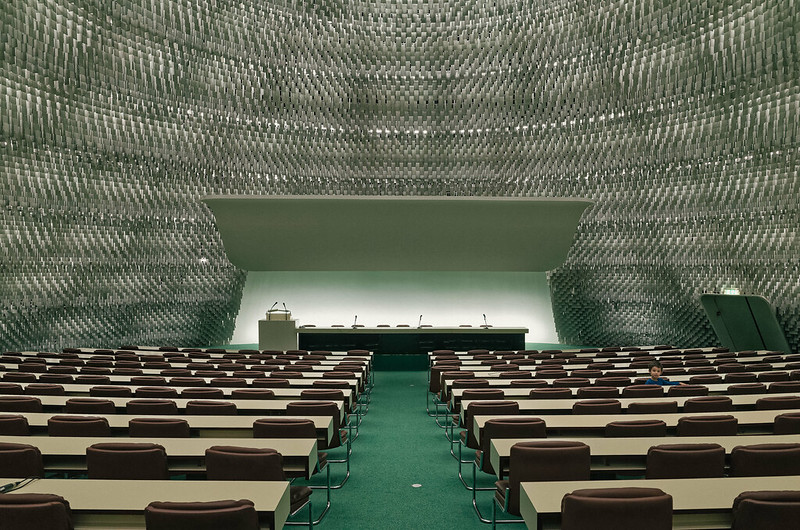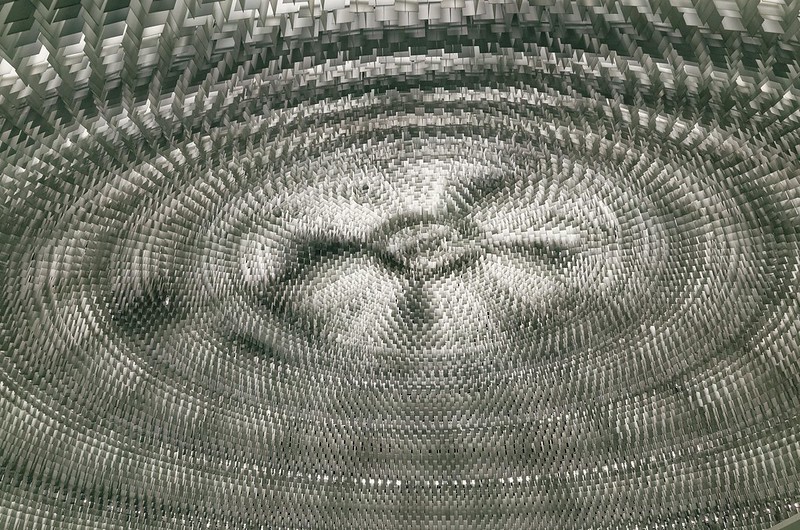Wired magazine has unveiled Bjarke Ingels' design for Two World Trade Center, which he took over from Norman Foster after Rupert Murdoch's 21st Century Fox and News Corp decided to move into the tower developed by Larry Silverstein.

[All images are screenshots from the video found at the bottom of this post]
In a three-minute video from Silverstein Properties, Ingels describes the 1,340-foot-high tower as melding the glass towers of Lower Manhattan with the historic building stock of Tribeca.

Seven roughly twelve-story blocks are stacked atop each other and shifted to create terraces rising on the east side of the tower and ticker-tape soffits on the north.

Yet from the WTC memorial the tower's south and west elevations are flat, in order to fit with the other towers and complete the development's spiral of four towers.

The video is kind of a hoot, with one minute of Ingels speaking and gesturing, a one-minute voyage inside the building (blink and you'll miss Homer Simpson), and some hard-driving keyboards accompanying the various tower renderings at the end.

Check it out:

[All images are screenshots from the video found at the bottom of this post]
In a three-minute video from Silverstein Properties, Ingels describes the 1,340-foot-high tower as melding the glass towers of Lower Manhattan with the historic building stock of Tribeca.

Seven roughly twelve-story blocks are stacked atop each other and shifted to create terraces rising on the east side of the tower and ticker-tape soffits on the north.

Yet from the WTC memorial the tower's south and west elevations are flat, in order to fit with the other towers and complete the development's spiral of four towers.

The video is kind of a hoot, with one minute of Ingels speaking and gesturing, a one-minute voyage inside the building (blink and you'll miss Homer Simpson), and some hard-driving keyboards accompanying the various tower renderings at the end.

Check it out:










